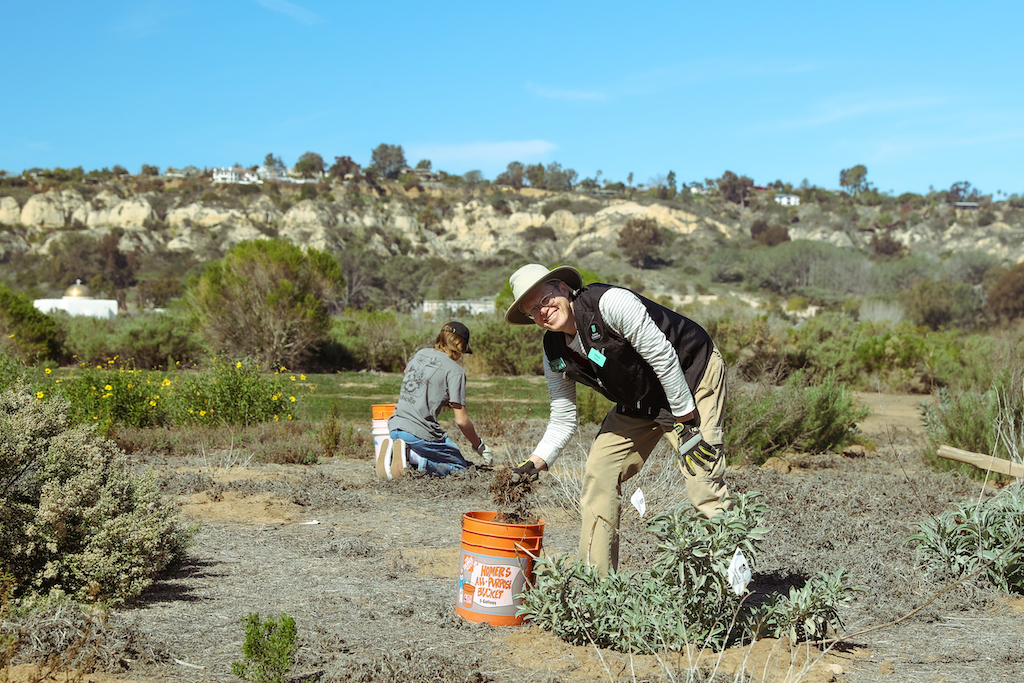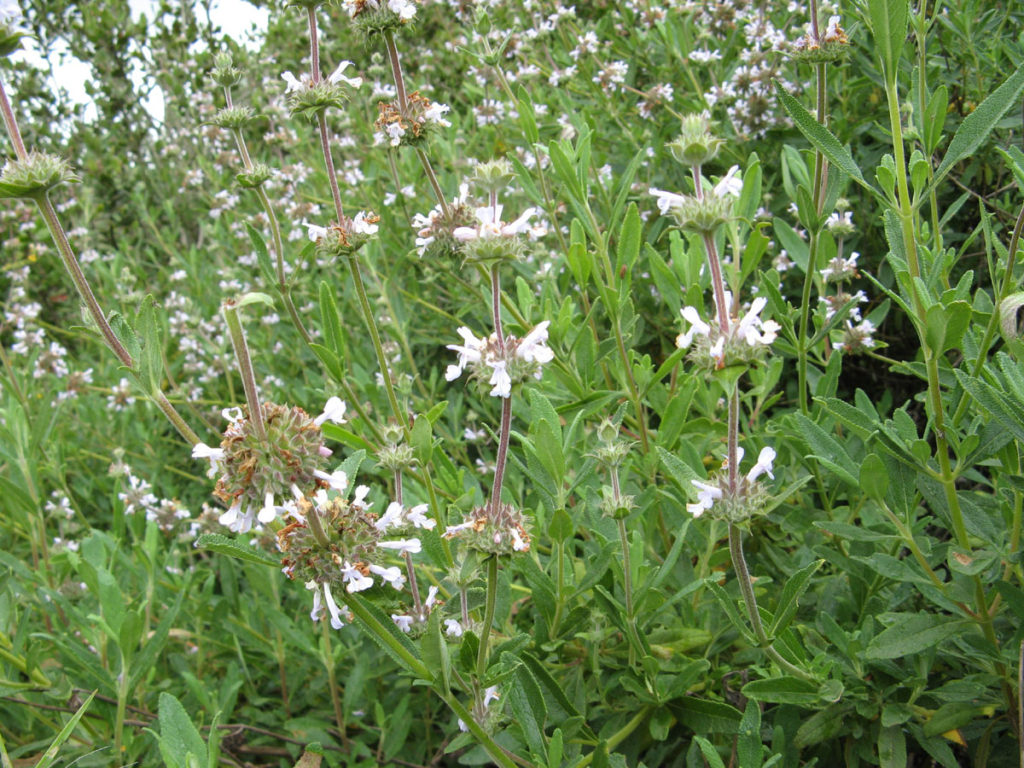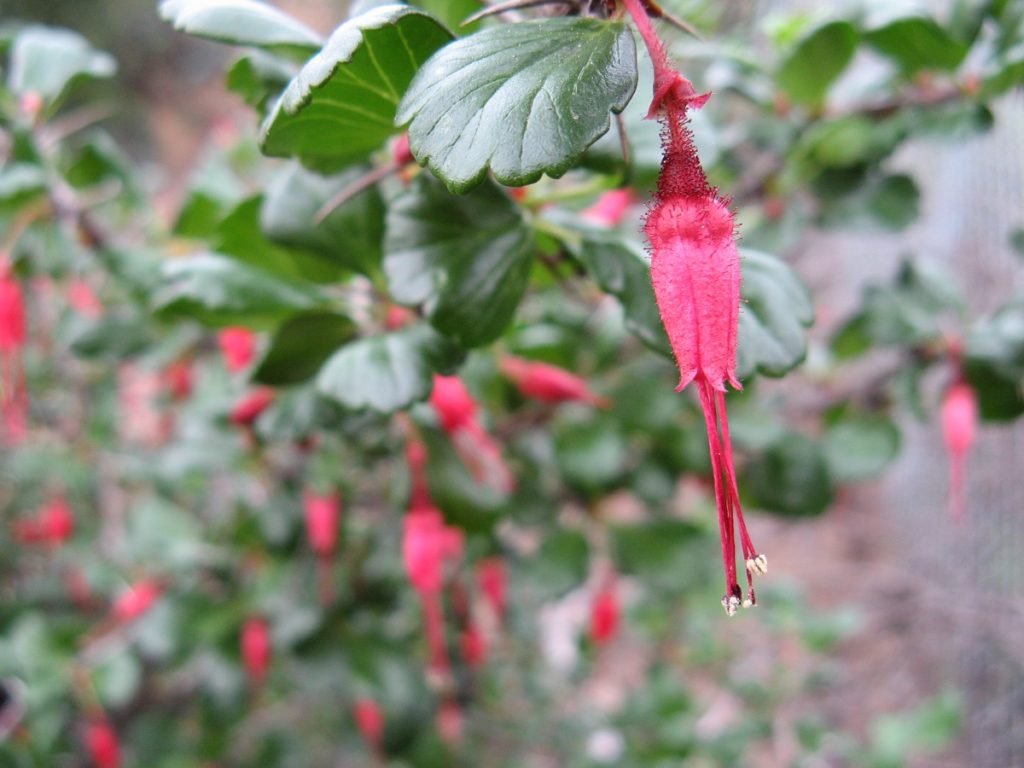Hero Spotlight, Kindra Hixon
Follow ( 0 Followers ) X Follow E-mail : * Follow Unfollow

After joining Nature Collective a few years ago, Mark began learning about San Elijo Lagoon on wildlife tours. He worked as an engineer and is newly retired. Because his career was not directly linked with being outside in the natural world, Nature Collective experiences add an important dimension to his life.
These days, Mark has his hands in the soils of places he is helping to restore through our community habitat restoration experiences. He is part a community of people who share his passion for wildlife and plants. And he’s digging in deeper.
“Learning about San Elijo Lagoon and other areas nearby helped me realize how precious and rare these wild areas are, and how with a little help they could be restored to fully functioning ecosystems that would better support the native plants and animals,” says Mark.
Returning year after year to places he has personally touched means a lot to him. Mark puts it this way: “Having tangible results that help the natural world is very fulfilling. Also, the kind of people I meet doing this are so wonderful. It’s really fun all around.”
Mark shares a few of his favorite plants in San Elijo Lagoon Ecological Reserve and we hope you get out and enjoy California Native Plant Week April 16-23.
“Heading into the lagoon I always look forward to catching a little sagebrush or black sage aroma on my fingers, and also love turning a corner to a splash of color with Bush Monkeyflower, Ropevine Clematis, or maybe Fuchsia-flowered Gooseberry.”
—Mark Jenne

Above: Black Sage is a dominant shrub of the coastal sage scrub, where it is a major contributor to the characteristic pungent aroma. The lush green leaves of winter and spring appear when winter rains begin. Black sage is a member of the mint family—and so it contains essential oils that give a strong scent, which may vary from pleasantly minty to pungent.

Above: Fuchsia-flowered Gooseberry is pollinated by hummingbirds. In return, its nectar provides an important energy source for hummingbirds on their spring migrations.
“With a little exposure and understanding I think most people will come to appreciate and love nature in a way that will enrich their lives and also give them a reason to protect the wild areas that remain,” adds Mark.
Mark is one of our nature heroes—someone who is giving back for nature and community—and we appreciate his commitment and companionship!
Join volunteers like Mark in our community volunteer restoration events. See our Calendar of Events. And, you can make a donation of any amount so that our places and events will continue to offer every human an experience and a deep connection with the living world. Thank you.